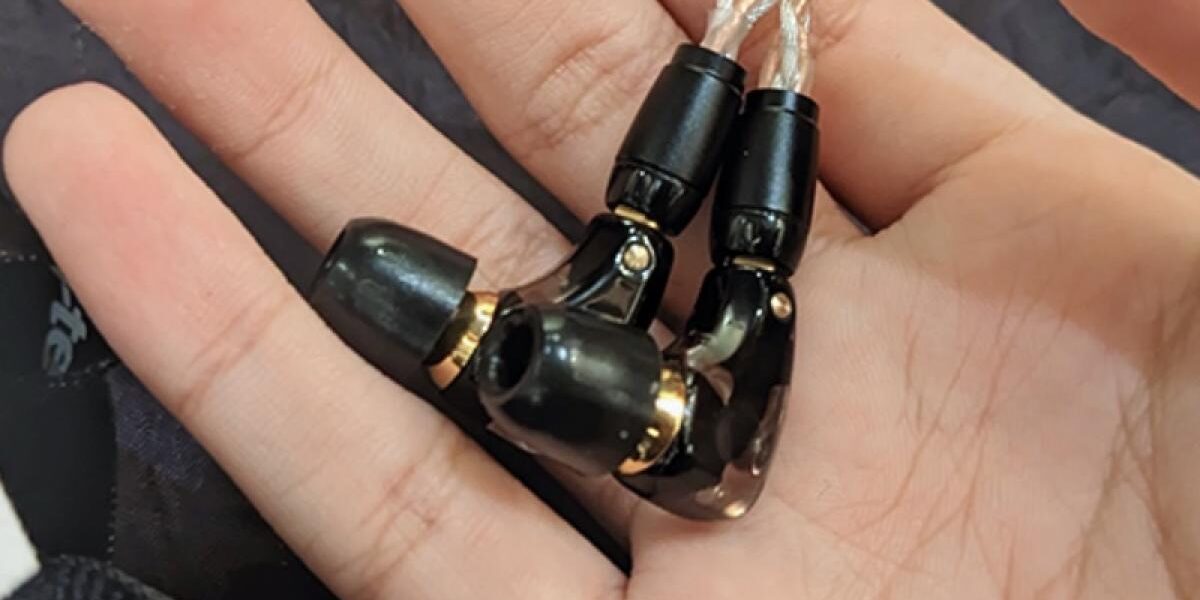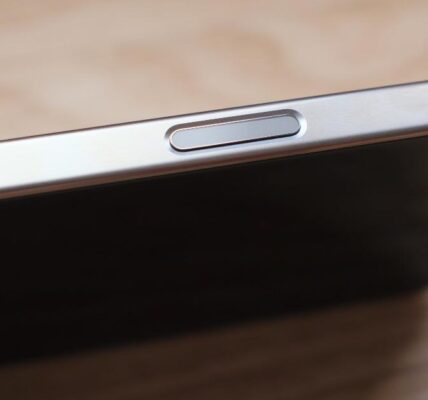We tried Campfire Audio’s Axion IEMs, which features a dynamic driver made of silicon
Note: This article was first published on 8 April 2025.

Campfire Audio has a knack for producing drivers with more unusual materials. For instance, the company’s Orbit TWS utilised a liquid crystalline polymer, while its Mammoth IEM used a bio-cellulose driver for bass.
The company’s experimentation continues with the Campfire Audio Axion, which it launched at CanJam Singapore 2025. It’s a wired IEM that has a lower midrange price of around S$300—400 and comes with a USB-C cable that features an integrated DAC and a rather fetching glossy black design.
But beyond the superficial details, what sets the Axion apart from other IEMs around that price point, of which there are plenty, is the technology used beneath the casing.

Campfire Audio is one of, if not the first audio company to put a silicon dynamic driver in their product, though they technically appeared on the Axion Multiverse III, the precursor to the current Axion. And despite the boxy speaker housing you typically find on balanced armatures, this is a dynamic driver.
So with this newly-designed driver, how does the Axion sound? Thankfully, we managed to have a listen at CanJam Singapore 2025—which was held on 5 and 6 April.
One feature of the Axion’s sound signature that caught my attention was that it has a bit of bass bloat. There’s a Harman-style bass boost in the Axion’s frequency response chart, but in practice, kicks and boomier bass sounds can be a bit overwhelming. This might be a particular issue in some genres like instrumental, where pianos can sound off-beat.
Paradoxically, bass tones that are meant to be more droning (like a sub-bass synth) can feel a little bit more weightless. There might be something going on with how the Axion handles harmonics on bass instruments, but that’s just speculation.

In the short time that I listened to them, I found the highs to be decent, though. There’s enough clarity without being particularly harsh (although, again, they may be overshadowed by the bass in some genres). For the mids, although they’re fine in terms of technicalities, they perhaps are one of the weaker parts of the IEM due to the scoop around 1KHz, which is noticeable during listening. For songs where the vocals are mixed more into the background, it risks seeming a bit lifeless.
That said, this kind of sound signature might be something that Campfire Audio fans may be familiar with, and while it didn’t quite do it for me, I can imagine it working well for genres like electronic and hip-hop that tend to be more in-your-face.
The USB DAC that’s included on the cable that comes with the Axion is also a good move, seeing that it supports high-resolution audio up to 32-bit/384KHz and ensures you can use it with your smartphone. In general, it’s encouraging that Campfire Audio is continuing to experiment and innovate with its audio tech.
Availability and Pricing
The Campfire Audio Axion is S$399 and will be available soon on AV One’s online store.




